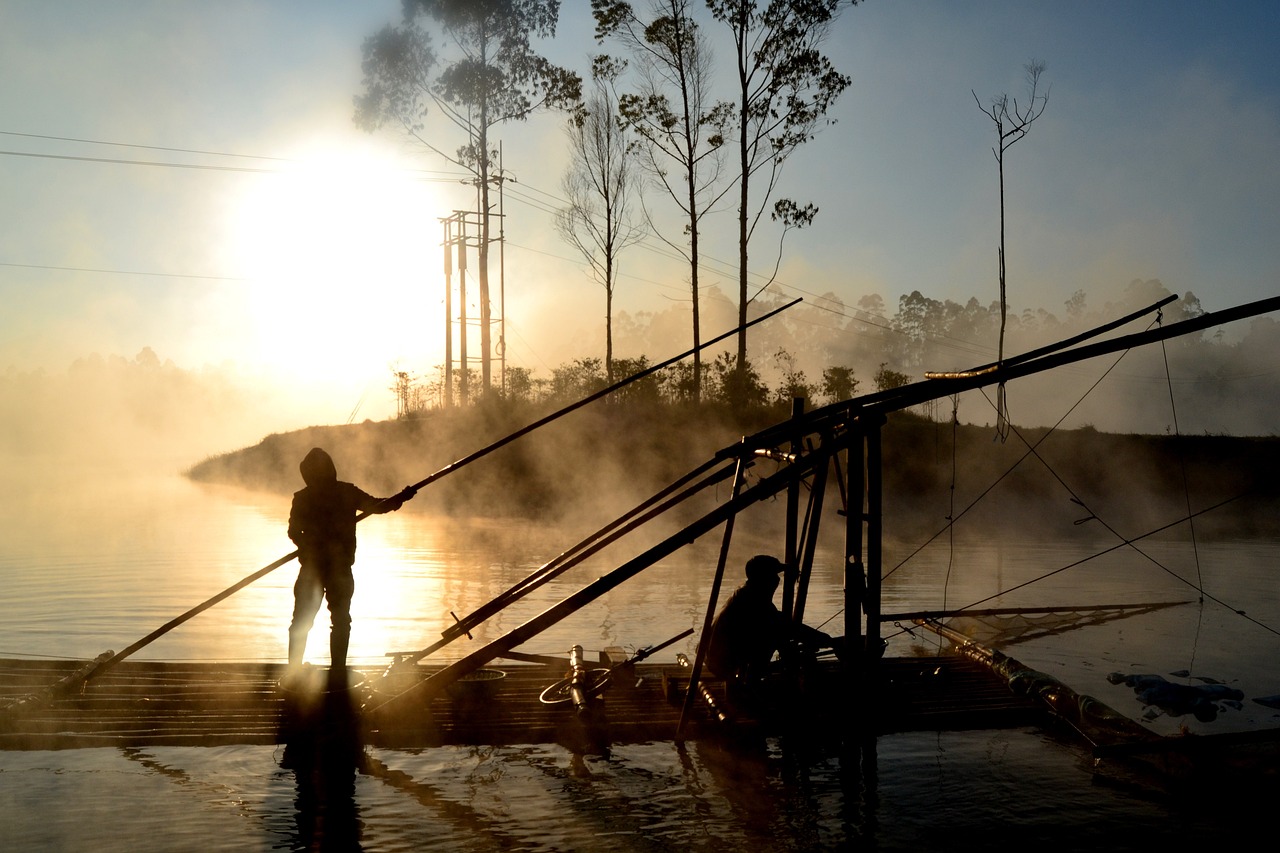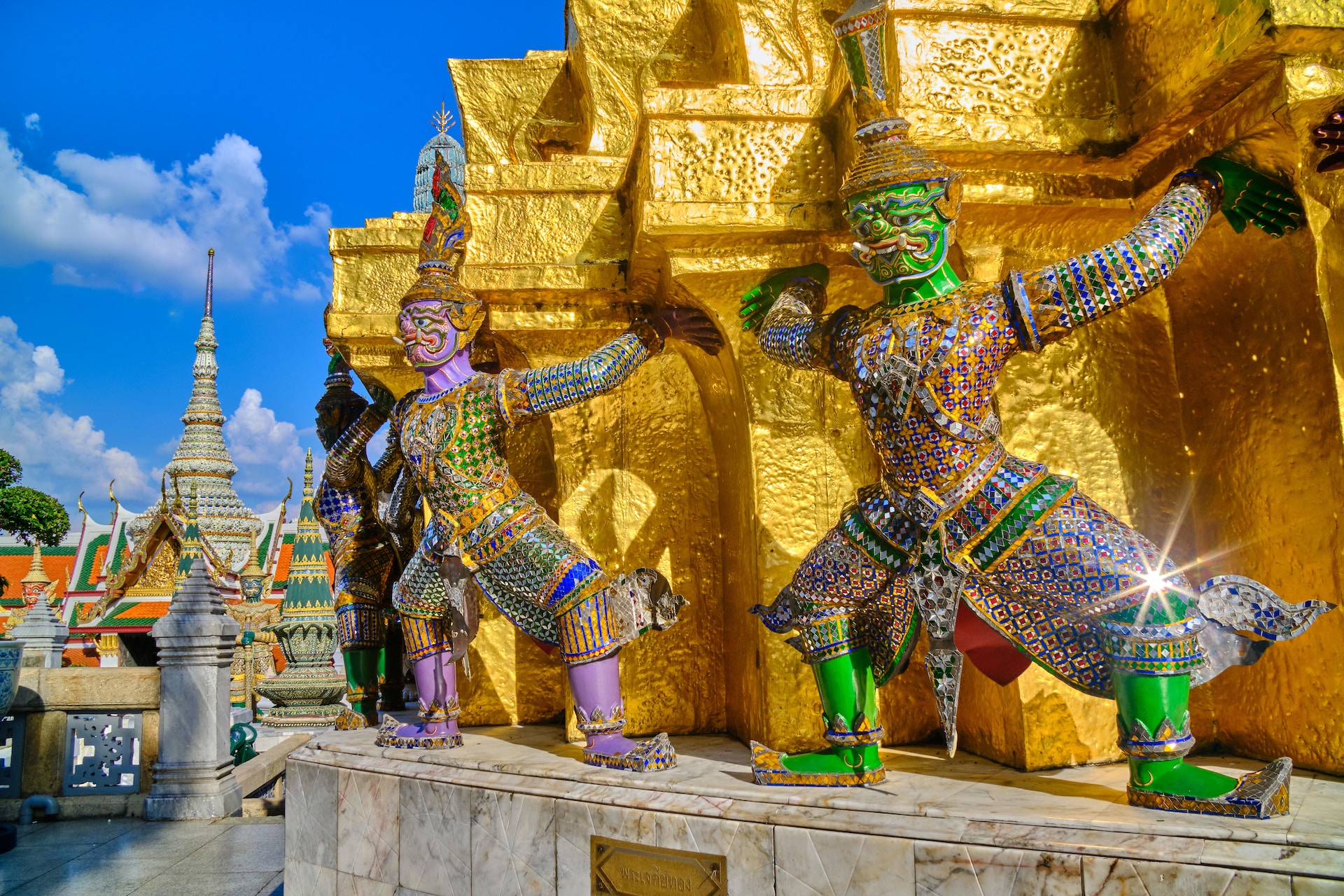Banff weather is a topic of much interest for tourists and residents alike. The city of Banff, located in the Canadian Rockies, experiences a wide range of temperatures and weather conditions throughout the year. It is known for its cold winters, mild summers, and occasional snowfall. However, the weather in Banff can be unpredictable, and visitors should always be prepared for changing conditions.
The city of Banff is located in the Rocky Mountains, which means that the weather can be quite different from that of the surrounding areas. The mountains provide a barrier that can trap cold air, leading to colder temperatures and more snowfall in the winter. In the summer, the mountains can provide a barrier to the heat, keeping temperatures mild.
The winter in Banff is generally cold, with average temperatures ranging from -15°C to -5°C (5°F to 23°F). Snowfall is common, with an average of around 200 cm (79 inches) per year. The coldest month is January, with an average low of -20°C (-4°F) and an average high of -9°C (16°F).
Summer in Banff is generally mild, with average temperatures ranging from 10°C to 20°C (50°F to 68°F). Rainfall is less common, with an average of around 25 cm (10 inches) per year. The warmest month is July, with an average low of 7°C (45°F) and an average high of 22°C (72°F).
<
| Month | Low (°C) | High (°C) | Low (°F) | High (°F) | Rain (%) |
|---|---|---|---|---|---|
| January | -20 | -9 | -4 | 16 | 50 |
| February | -18 | -7 | -0.4 | 19.4 | 45 |
| March | -13 | -2 | 8.6 | 28.4 | 40 |
| April | -7 | 4 | 19.4 | 39.2 | 35 |
| May | 1 | 10 | 33.8 | 50 | 30 |
| June | 5 | 15 | 41 | 59 | 25 |
| July | 7 | 22 | 44.6 | 71.6 | 20 |
| August | 6 | 20 | 42.8 | 68 | 15 |
| September | 3 | 15 | 37.4 | 59 | 10 |
| October | -2 | 7 | 28.4 | 44.6 | 5 |
| November | -8 | -2 | 17.6 | 28.4 | 0 |
| December | -15 | -7 | 5 | 19.4 | 0 |
When it comes to deciding the best time to visit Banff, it ultimately depends on your personal preferences and what activities you plan on doing during your visit. If you enjoy winter sports such as skiing or snowboarding, then the winter months of December to February would be the best time to visit. During these months, the ski resorts will be open and the snow will be at its deepest.
For those who prefer milder temperatures and outdoor activities, the summer months of June to August would be the best time to visit. During these months, the weather is generally mild and there are many outdoor activities available such as hiking, camping, and fishing. The Banff National Park is also open, and visitors can enjoy the beautiful scenery and wildlife.
For those who enjoy the changing of seasons, the fall months of September to November would be the best time to visit. During this time, the leaves will be changing colors and the weather is still mild enough for outdoor activities. It is also a quieter time in terms of tourism, so visitors can enjoy a more peaceful experience.
If you’re looking for a more budget-friendly option, the shoulder seasons of March to May and September to November are generally the least expensive times to visit. During these months, the weather is still mild enough for outdoor activities, and the crowds will be smaller than during the peak seasons.
It’s also worth noting that weather can vary greatly depending on the location within the city of Banff. Generally, the higher elevations will have colder temperatures, more snow, and harsher weather conditions. Therefore, if you’re planning on doing activities in the mountains, be sure to check the weather forecast for the specific location.
In conclusion, the best time to visit Banff depends on your personal preferences and the activities you plan on doing. Whether you’re looking for a winter sports adventure, a summer outdoor excursion, or a peaceful fall getaway, Banff has something to offer for everyone. Be sure to check the weather forecast and plan accordingly to make the most of your visit.



